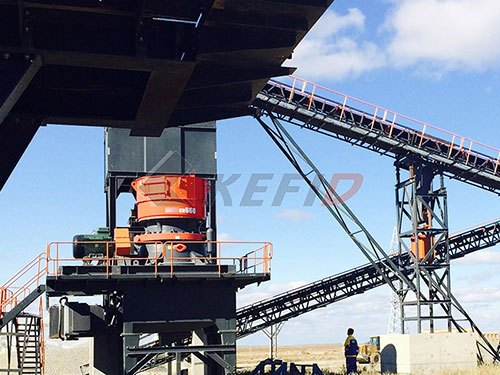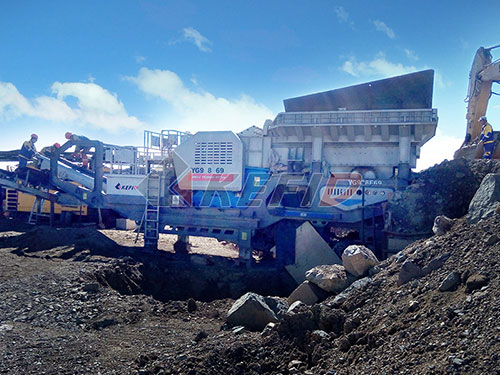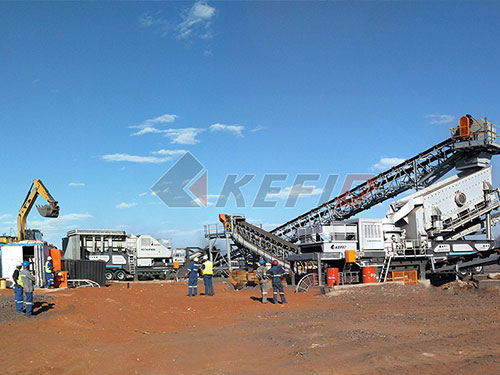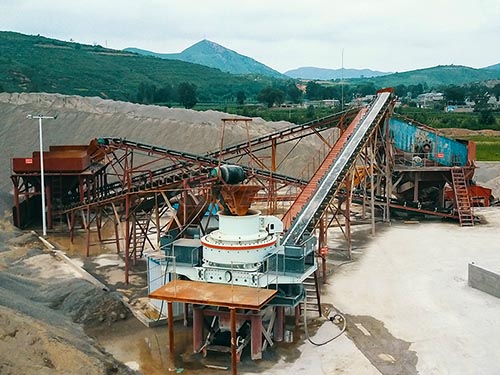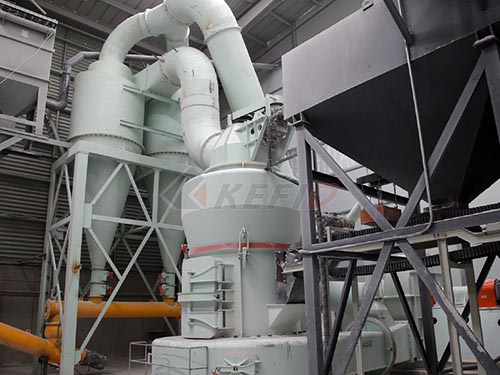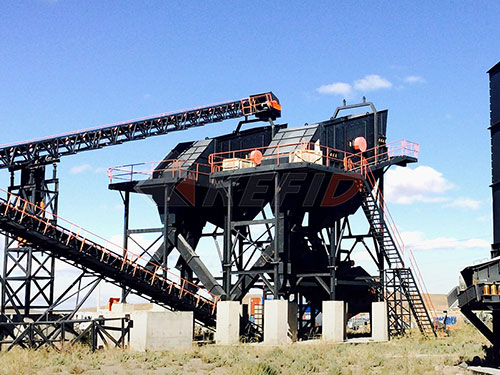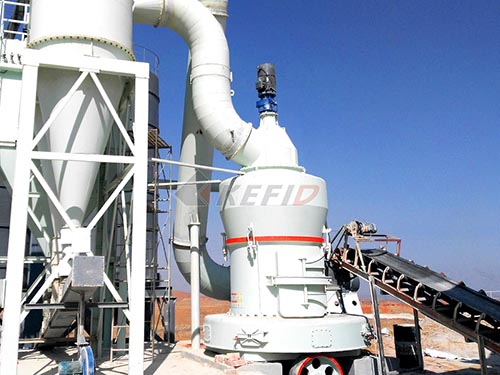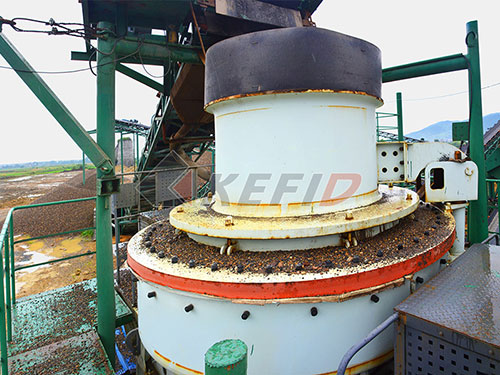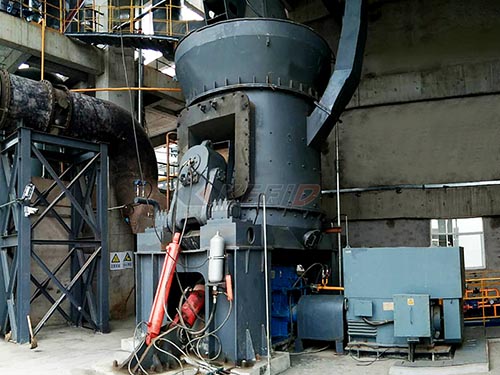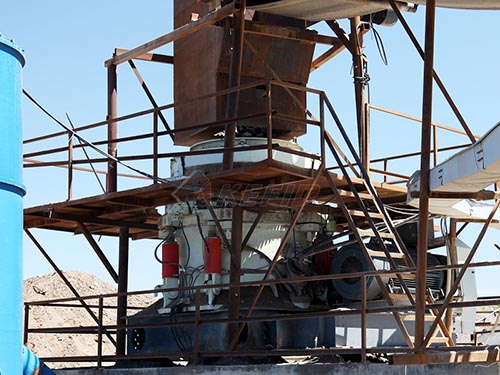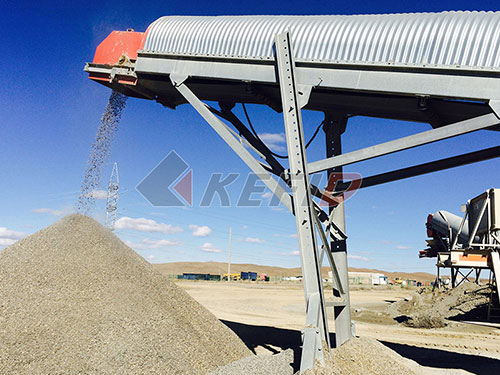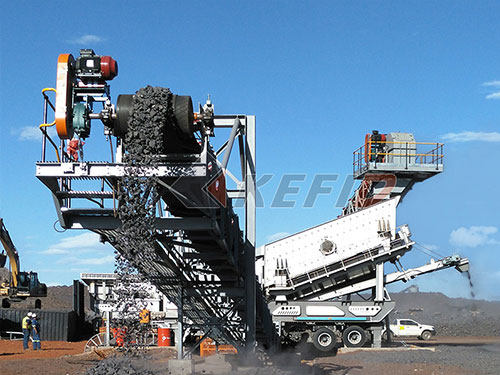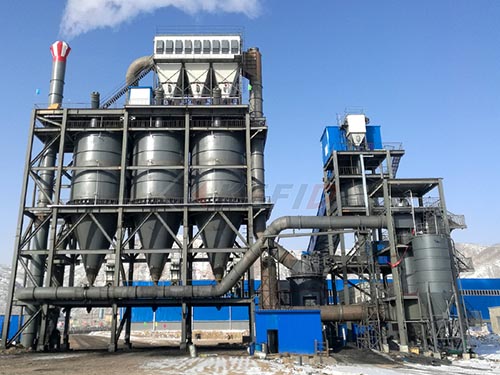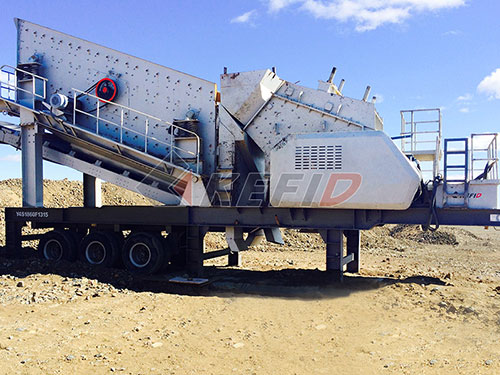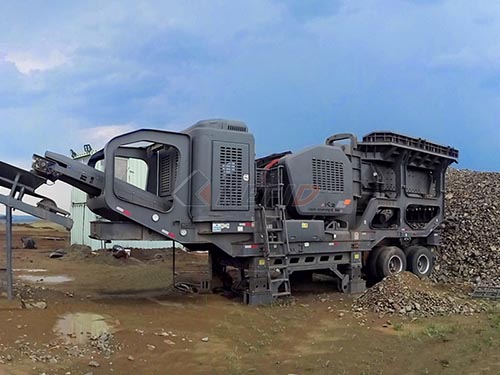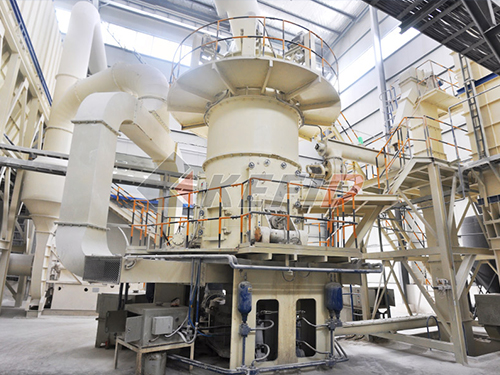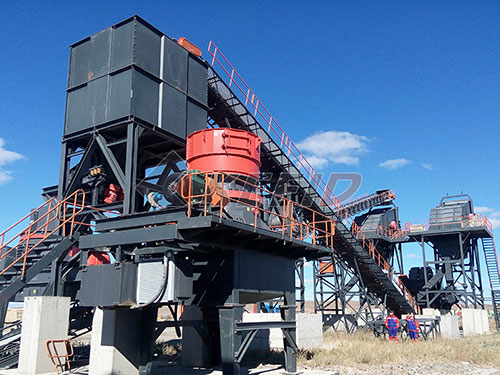The Intricacies of Mobile Jaw Crusher Pricing in the Japanese Market
The Japanese construction and mining sectors, renowned for their precision engineering, stringent environmental standards, and demanding operational efficiency, represent a unique market for heavy machinery like mobile jaw crushers. Understanding the price landscape for these versatile machines within Japan requires delving beyond simple sticker prices. It necessitates an exploration of the complex interplay of factors specific to this mature yet technologically advanced market, where quality, reliability, and long-term value often outweigh initial cost considerations.
Defining the Machine: The Mobile Jaw Crusher
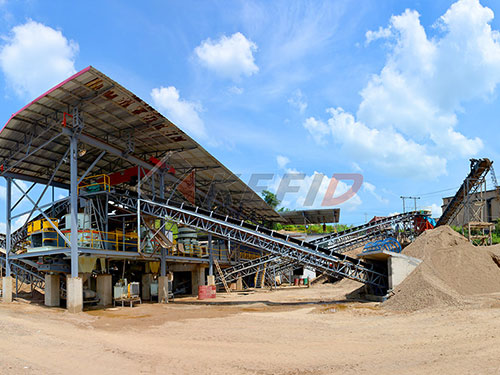
A mobile jaw crusher is a self-propelled crushing unit mounted on tracks or wheels. Its core component is a robust jaw crusher – essentially two vertical jaws where one is fixed and the other moves back and forth. Raw material (like rock, concrete, demolition debris) is fed into the top opening (feed opening) and is crushed between the jaws as the moving jaw compresses it against the stationary one. The crushed material exits through an adjustable gap at the bottom (closed side setting), determining the final product size.
The “mobile” aspect integrates this crushing mechanism with:
Chassis: Robust undercarriage (tracked or wheeled) providing mobility.
Engine: Powerful diesel engine driving both the tracks/wheels and the crusher hydraulics.
Feeding System: Hopper (often with integrated pre-screen to remove fines) and vibrating feeder regulating material flow.
Discharge Conveyor: Belt conveyor transporting crushed product away from the machine.
Control System: Advanced operator interface for monitoring and controlling all functions.
Their primary advantages lie in flexibility (move directly to the material source), rapid setup times compared to fixed plants, reduced haulage costs, and suitability for diverse applications like quarrying, recycling (concrete/asphalt), mining, and infrastructure projects.
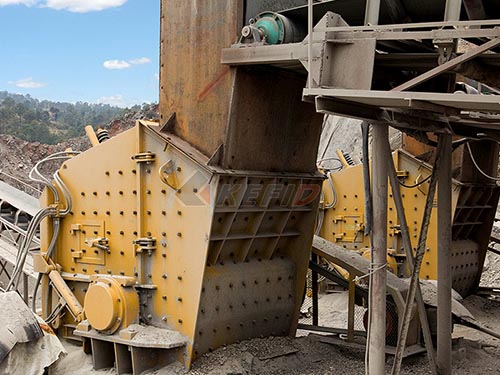
The Japanese Market Context: Unique Drivers
Japan’s market for mobile jaw crushers operates under distinct influences:
1. Emphasis on Quality & Reliability: Japanese operators demand exceptionally high build quality, reliability under continuous operation, and minimal downtime. Machines must withstand demanding conditions while delivering consistent performance over many years.
2. Space Constraints & Urban Applications: Limited space on many job sites (especially urban demolition/recycling projects) favors compact designs with efficient footprints and features like radio remote control for safe operation in confined areas.
3. Stringent Environmental Regulations: Japan has some of the world’s strictest emissions (Tier 4
